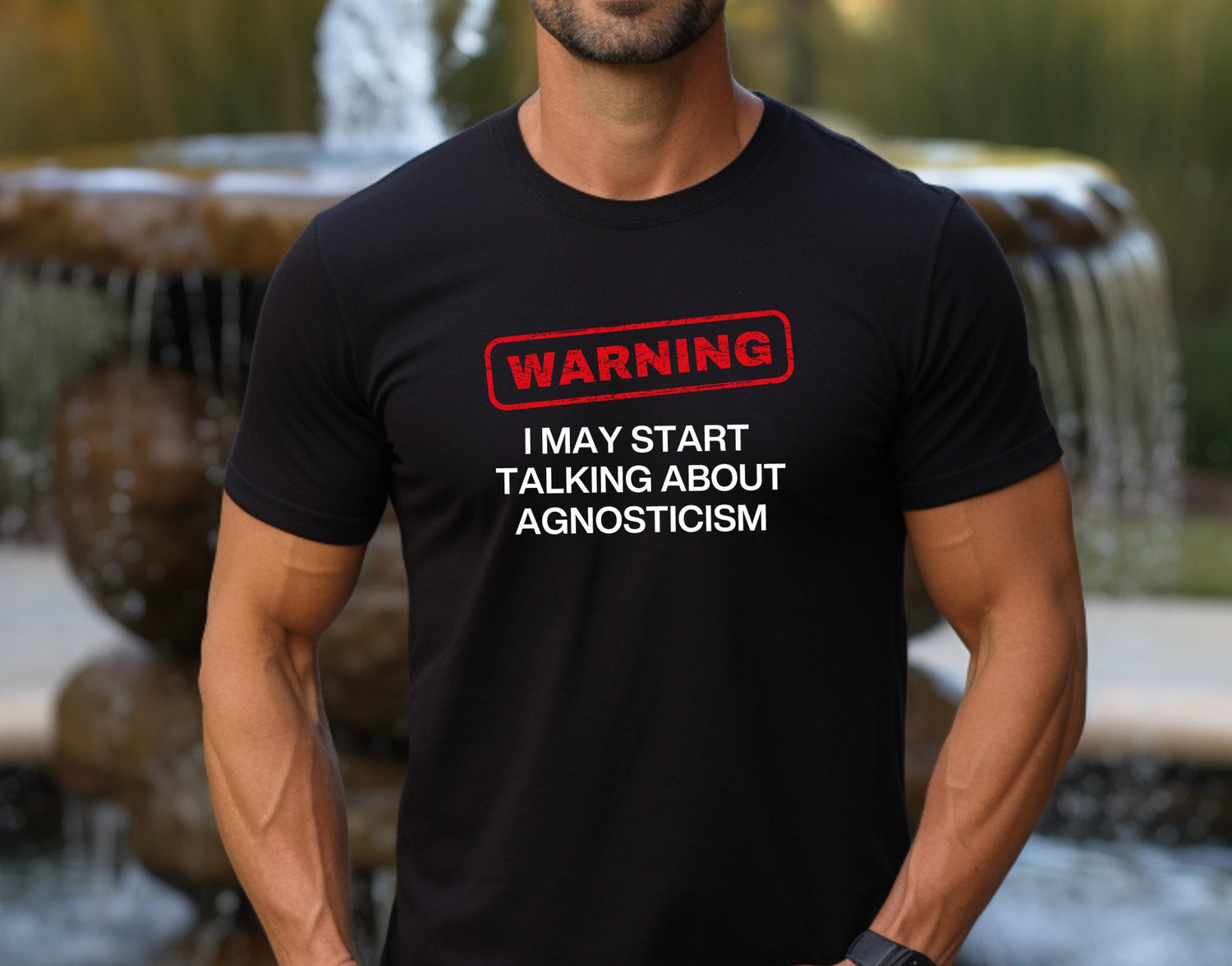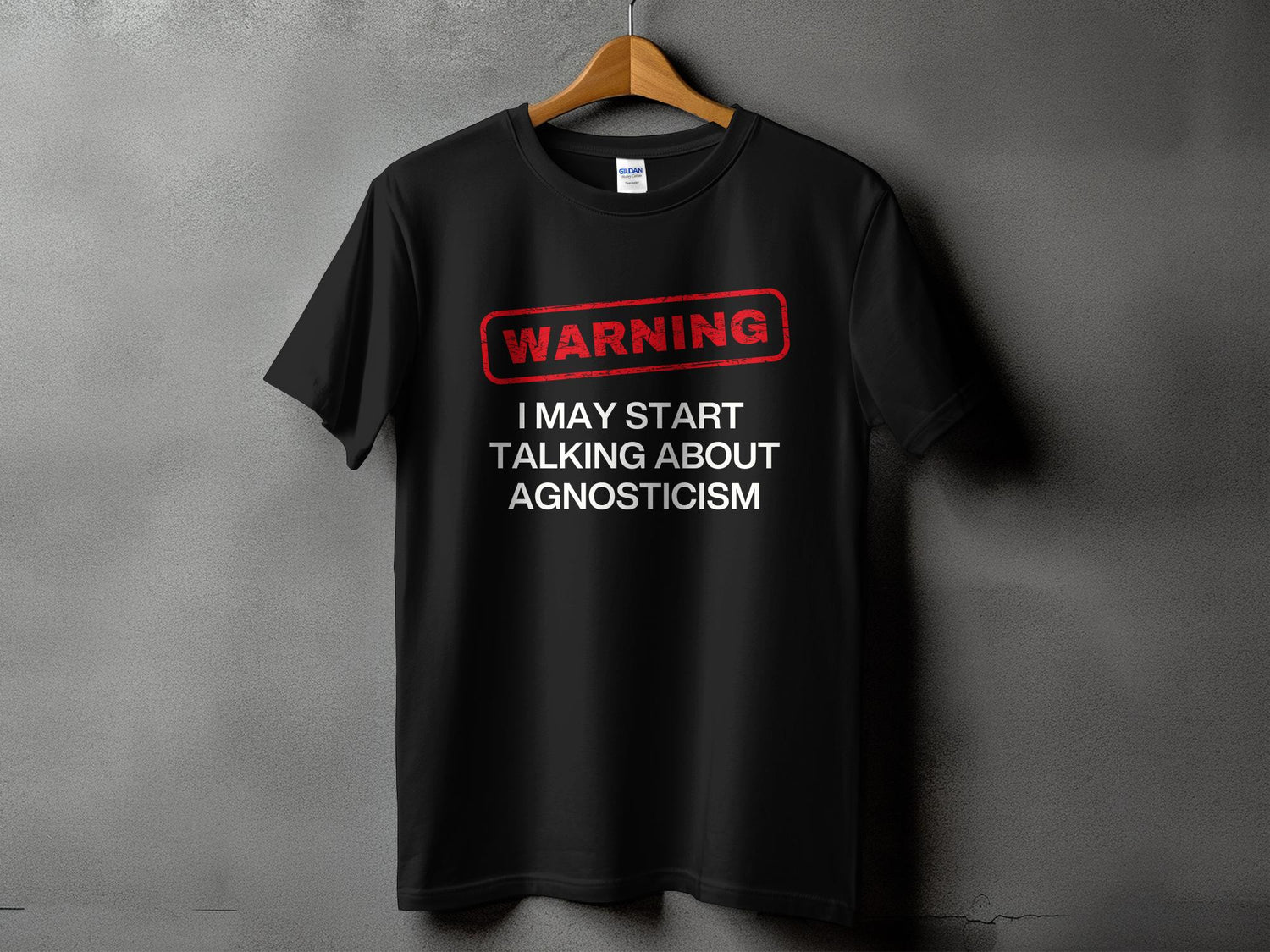Understanding the Extended Mind Hypothesis
Traditionally, the mind has been thought of as residing entirely within the brain, processing information and making decisions in isolation from the external world. However, in their influential 1998 paper, philosophers Andy Clark and David Chalmers proposed the Extended Mind Hypothesis (EMH), a radical rethinking of cognition. They argued that the mind does not stop at the skull but instead extends into the external environment, incorporating tools, technology, and even other people as part of our cognitive processes.
How the Mind Extends Beyond the Brain
The core idea of the Extended Mind Hypothesis is that certain external tools function as active parts of cognition rather than just passive aids. If a device or an external system plays the same functional role in thinking as the biological brain, it should be considered part of the mind. Clark and Chalmers use the famous example of Otto’s notebook to illustrate this idea:
- Otto, who has memory impairment, relies on a notebook to store important information, such as addresses and schedules.
- When Otto needs to recall an address, he consults his notebook, just as a person with normal memory retrieves information from their brain.
- Because Otto's notebook consistently functions as his memory, it effectively becomes an extension of his mind.
This example challenges the traditional boundary between internal cognition and external aids, suggesting that memory, decision-making, and problem-solving can take place beyond the brain.
Technology as an Extension of Thought
In the modern world, technology plays an ever-growing role in extending cognition. Some key examples include:
- Smartphones – People rely on smartphones for navigation, reminders, and quick access to vast amounts of information, much like Otto’s notebook.
- Computers and the Internet – Search engines allow for instant retrieval of knowledge, significantly reducing the need for internal memory storage.
- Wearable Devices – Smartwatches track health data, helping users make real-time decisions about their well-being.
- AI Assistants – Tools like virtual assistants process voice commands and execute tasks, acting as external cognitive resources.
These technologies function as extensions of human cognitive processes, reshaping how we interact with information, solve problems, and even define intelligence.
Social and Collective Cognition
Beyond tools and technology, the Extended Mind Hypothesis also highlights the role of social environments in cognition. People often offload mental tasks onto others through collaboration, shared knowledge, and distributed decision-making. Examples include:
- Group problem-solving – Teams working together divide cognitive labor, leveraging collective expertise.
- Language and communication – Thought is often shaped by dialogue and interaction, with external discussion refining ideas.
- Cultural knowledge – Many cognitive tasks rely on social conventions, traditions, and shared expertise rather than individual reasoning alone.
This perspective suggests that the mind is not just an individual entity but part of an interconnected system involving people and external structures.
Implications for Consciousness and Identity
The Extended Mind Hypothesis raises profound questions about consciousness and personal identity:
- Where does the self end? If cognition extends into external devices, does this mean part of a person’s identity exists outside their body?
- How does technology shape thought? The increasing reliance on digital tools may influence how people think, remember, and make decisions.
- What are the ethical concerns? If external devices become integral to cognition, issues of privacy, dependence, and control over these tools become pressing concerns.
These questions challenge conventional understandings of mind and selfhood, pushing philosophical and scientific discussions toward new ways of conceptualizing cognition.





















































